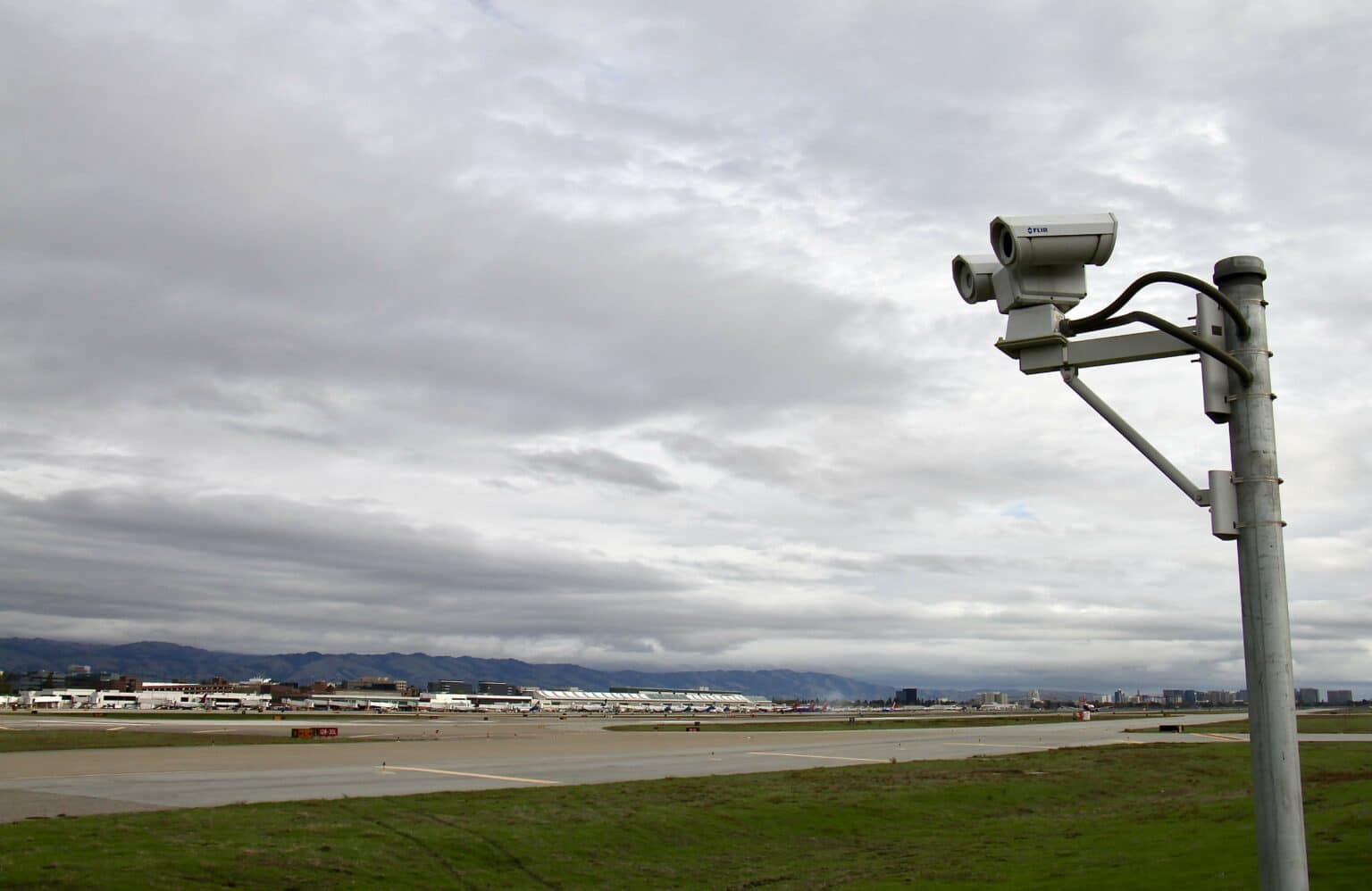Understanding thermal camera applications: Security and efficiency


James Thorpe
Share this content
It is important to understand that not all thermal cameras are equal, says Matt Strautman, Director, Business Development, Teledyne FLIR.
As security integrators look to try and expand their offerings beyond traditional video surveillance and access control, it can be advantageous for them to explore what thermal cameras can offer in various solutions.
Thermal is not a new technology, but it has often been perceived as “too expensive” or “militaristic” and not applicable to commercial customers.
Today, there are multiple options when it comes to thermal cameras, and when used appropriately, they can help extend detection coverage in security applications, enhance safety in fire-prone environments and help improve efficiency and predictive maintenance in manufacturing facilities.
Article Chapters
ToggleThermal cameras for perimeter security
Recently, thermal cameras have gained popularity as a product in perimeter security.
Gradually, more manufacturers of traditionally visible cameras are incorporating thermal cameras into their portfolio.
This is a great development for the security industry in the sense that more competition has driven down the price of thermal cameras.
However, not everyone still understands when, why or how to use a thermal camera for perimeter security.
Protecting a perimeter is challenging because you are often faced with environmental and infrastructure constraints.
As you get farther away from a building or your location becomes more remote, your ability to have lighting and accessible infrastructure becomes limited.
Thermal cameras help solve both problems as they detect heat and are not limited by daylight (or lighting), thus maintaining desired detection distances better than a visible camera.
When paired with a classification analytic, a thermal camera becomes a highly reliable solution for perimeter detection.
Even when opting for a thermal camera as the preferred method of detection for a perimeter solution, it is important to understand that not all thermal cameras are equal.
Each situation presents a unique set of challenges and the best thermal camera to fit any environment must possess certain key features, such as edge analytics, high resolution, a low NETD (mK) and the right field of view for the application.
With perimeter detection, it is usually more important to identify what is present, rather than who is.
Therefore, it is essential to ensure that you have an onboard analytic that can reliably distinguish between people, vehicles and even small animals.
Resolution is important because most AI-based analytics rely on pixels on target, meaning higher pixel count enhances detection capabilities.
The NETD is valuable because this tells you how well the camera will handle “noise” caused by environmental factors such as rain, snow or fog.
The lower the sensitivity, the better the camera will perform under these conditions. Finally, it is important to understand the camera’s field of view. A fixed thermal camera will have a fixed lens.
A wide field of view will provide coverage over a large area but sacrifice distance.
Conversely, a narrower field of view will extend the detection range but reduce the coverage width.
Having a variety of lens options will help you protect a perimeter more effectively.
Selecting the right thermal camera can help improve perimeter detection and increase situational awareness without adding more infrastructure.
A thermal camera with low NETD paired with analytics will help ensure you have a higher degree of detection and classification in all types of weather environments.
Narrow fields of view can accurately detect humans beyond 500m, which work well for fence lines where wide fields of view are great for covering large areas like parking lots, only using a few devices.
Early fire detection
Radiometric thermal cameras differ from traditional thermal security cameras as they can measure the temperature of objects.
With a thermal camera, each pixel is measuring the temperature of the object it is viewing, whereas a radiometric camera generates a numeric measurement of the pixels in a desired area.
One popular use of these types of cameras is early fire detection.
In this scenario, the thermal camera monitors a specific area where conditions conducive to ignite a fire exist, such as waste facilities, battery storage and chemical storage.
When the camera detects a rise in temperature above a set threshold, it will alarm the operator.
When trying to find the right thermal camera for EFD applications, coverage is often more important than temperature accuracy.
Given that fires emit intense heat, having a camera accurate to a couple of degrees may not provide an advantage when detecting a fire.
The advanced warning of a potential problem could be enough to prevent large scale damage or even save lives.
Continuous condition monitoring
Condition monitoring is a widely adopted practice across many industries, aimed at providing data for preventative and predictive maintenance on equipment.
Traditionally, this is done with a handheld thermal camera and an operator making physical inspections on a regular cadence.
The data is then recorded and analysed to try and identify trends and/or anomalies.
In recent years, there has been a shift among companies and industries towards transitioning from manual methods to continuous and fixed monitoring methods.
In these applications, accuracy is very important and ensuring that you have the right number of pixels on target will provide the most accurate data.
Since these cameras are permanently mounted, the data is being collected and analysed in real time. This enhances the likelihood of promptly identifying potential threats, compared to monthly inspections.
Thermal cameras are a great way to provide value to existing VMS platforms.
Since every building has some form of exterior, thermal cameras can serve as a solution for customers facing challenges in achieving their desired coverage.
Looking beyond traditional security applications, radiometric thermal cameras are sensors that can be incorporated into existing systems to provide more data and early warnings on potential threats.
All applications will help increase a user’s overall situational awareness around their facility and can help improve overall safety.
Teledyne FLIR
Teledyne FLIR designs, develops, manufactures, markets and distributes technologies that enhance perception and awareness.
The company brings innovative sensing solutions into daily life through our thermal imaging, visible-light imaging, video analytics, measurement and diagnostic and advanced threat detection systems.

